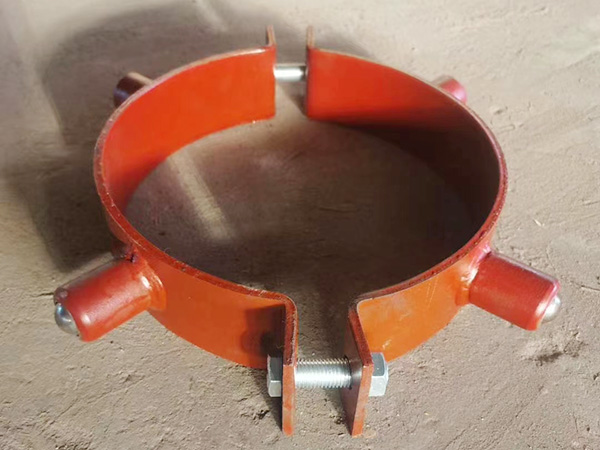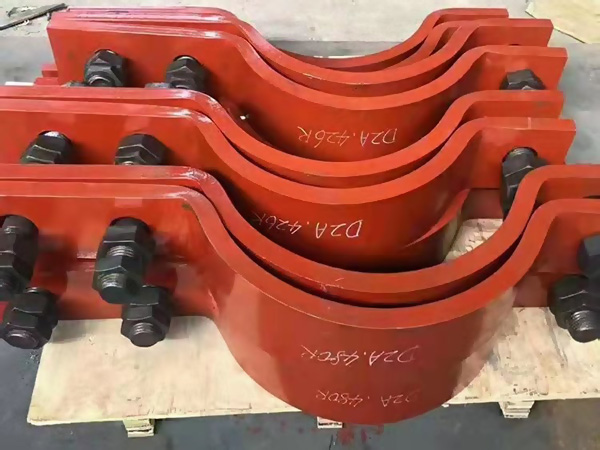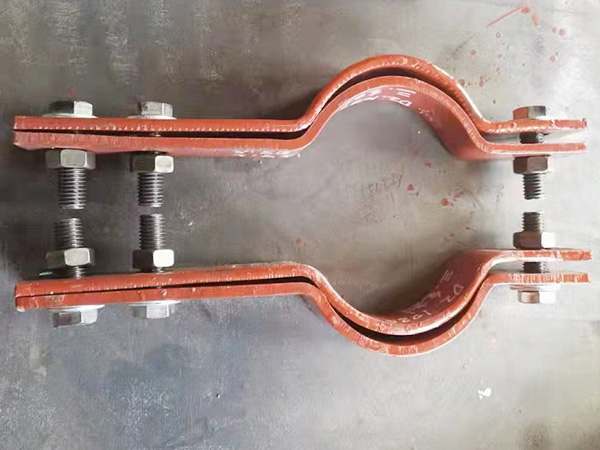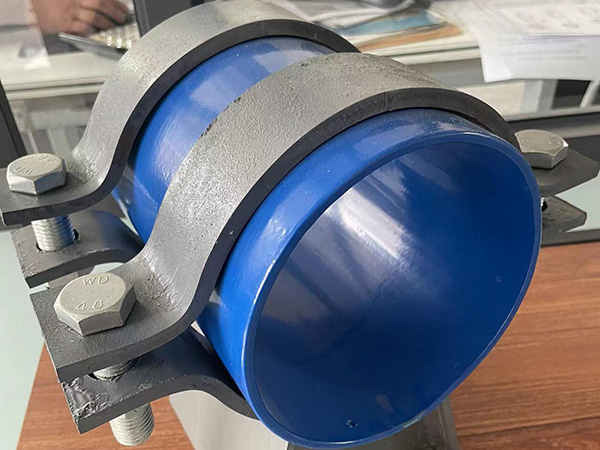Threaded Flange Thread Failures: Stripping, Loosening, and Solutions
Author:Mingde Time:2025-04-28 22:13:12 Click:127
Threaded flanges are commonly used in low-pressure piping systems where welding is impractical. While they offer the advantage of easy assembly and disassembly, threaded connections are vulnerable to specific failures over time, particularly thread stripping (slipping) and loosening. These problems can compromise sealing performance, increase the risk of leakage, and lead to system downtime if not addressed properly.
1. Thread Stripping (Slipping Threads)
Thread stripping, often referred to as "slipping," occurs when the threads on the flange or pipe are damaged due to excessive torque, poor material strength, or repeated assembly. The threads become worn or deformed, preventing proper engagement between the components.
Causes:
Over-tightening during installation
Use of incompatible or soft materials (e.g., aluminum pipe with a steel flange)
Corrosion or galling of threads
Frequent disassembly and reassembly
Consequences:
Inability to maintain a tight seal
Risk of complete thread failure and component separation
Solutions:
Use flanges and pipe fittings made from compatible, durable materials
Follow manufacturer-recommended torque specifications
Apply appropriate thread sealants or anti-seize compounds to prevent galling
Replace stripped components immediately to prevent further damage
2. Thread Loosening
Thread loosening occurs due to vibration, thermal cycling, or pressure fluctuations within the piping system. Over time, these forces reduce the friction that holds the threaded components in place.
Common causes:
Temperature changes causing thermal expansion and contraction
Mechanical vibration from pumps or compressors
Insufficient tightening during installation
Use of lubricated threads without appropriate locking mechanisms
Consequences:
Loss of sealing pressure
Fluid or gas leakage at the joint
Increased wear on threads due to micro-movements
Solutions:
Use thread-locking compounds or Teflon tape to enhance grip and seal
Consider using lock nuts or safety wires in high-vibration environments
Regularly inspect threaded joints during maintenance routines
Design piping systems to minimize stress and vibration on connections
3. Best Practices for Prevention
To prevent both thread stripping and loosening in threaded flanges, follow these guidelines:
Choose flanges made from strong, corrosion-resistant materials
Avoid excessive torque during installation
Use sealing materials appropriate for the temperature and pressure of the system
Train maintenance personnel on proper assembly techniques
Conclusion
Threaded flange connections are simple and cost-effective, but they come with the risk of thread-related failures such as stripping and loosening. By understanding the root causes and applying proper materials, installation practices, and maintenance procedures, these issues can be effectively prevented, ensuring a safe and reliable piping system over the long term.
 Hot Products
Hot Products
 Contact Us
Contact Us
Contact:
Mobile:+86 +86 19133378808
Website:mingdepipe.com
Address:










